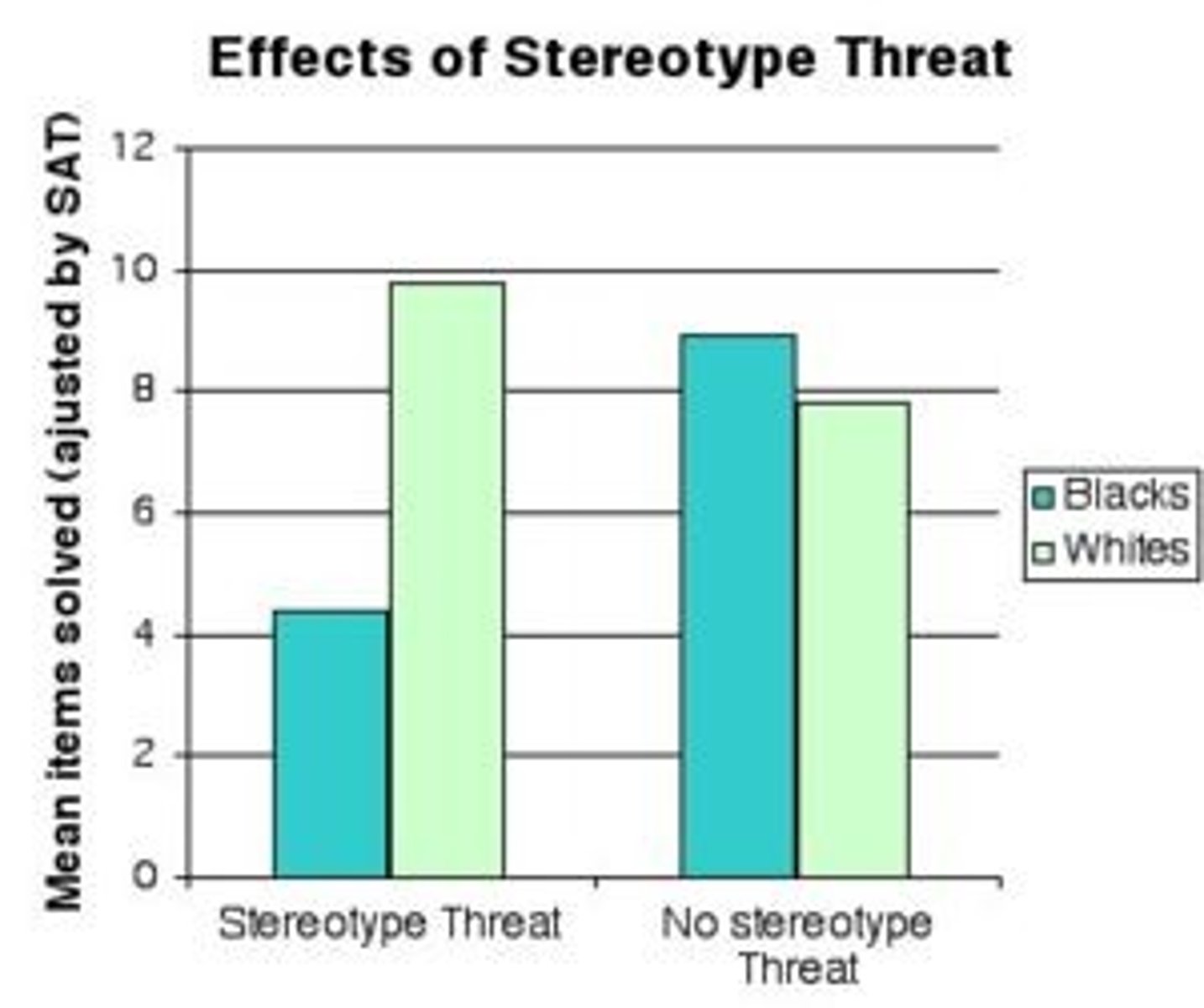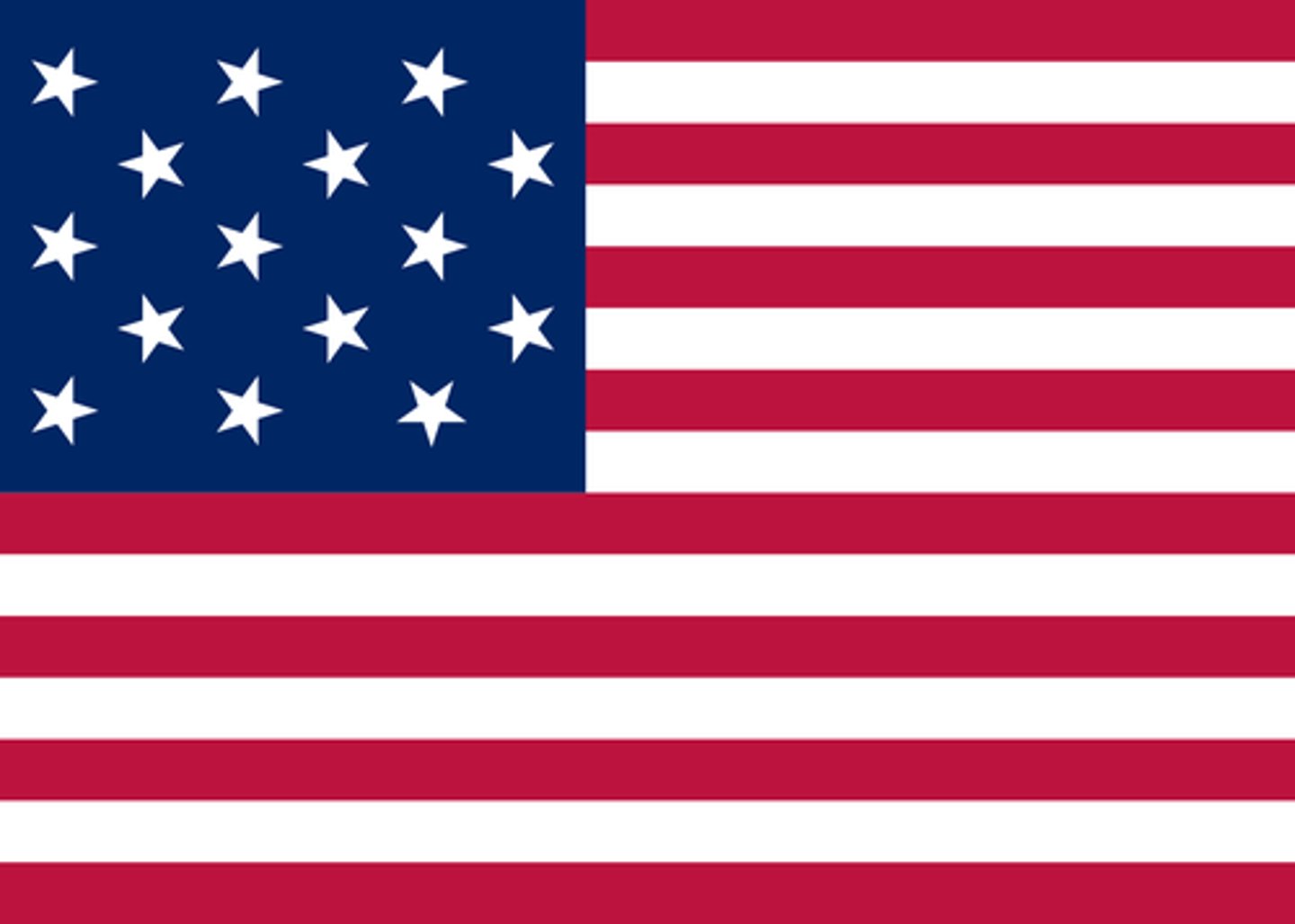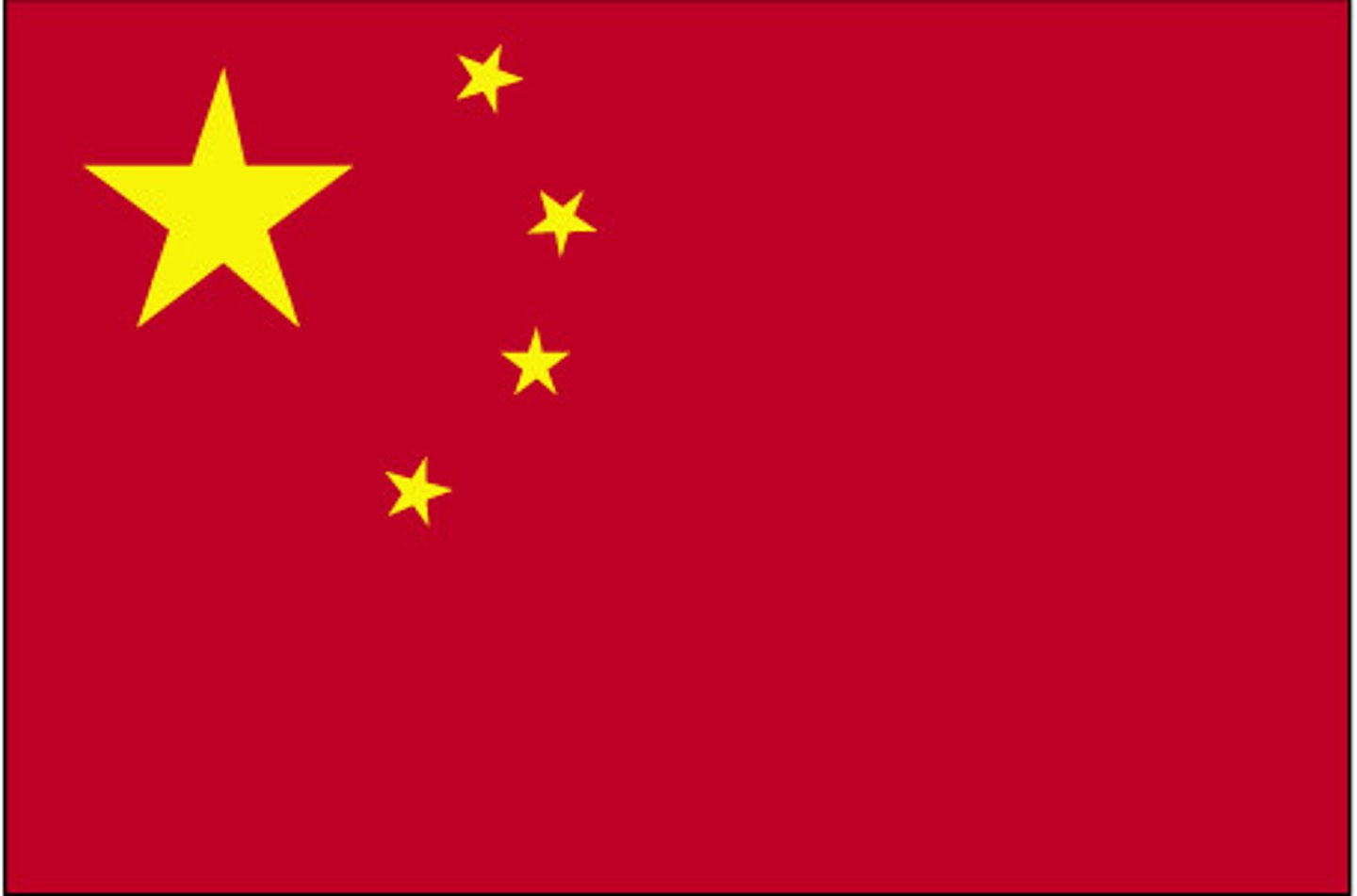Socio cultural psychology (minus extensions)
1/46
Earn XP
Name | Mastery | Learn | Test | Matching | Spaced |
|---|
No study sessions yet.
47 Terms
Social Identity Theory
explains how group membership influences individual identity and resultant behaviours.
Theorised by Henri Tajfel, who had witnessed the persecution of Jewish people during WW2 first hand. Wanted to explain how social group memberships led to individuals discriminating against other groups.

The stages of Social Identity Theory
1- social categorisation (us and them)
2. Social Identification.
3. Social Comparison (us VS them)

Social categorisation
Dividing people into us and them.
We then perceive the differences between in and out groups as larger than they are (category accentuation)

Category accentuation
Perceptual bias whereby we see members of the same groups as more smaller than they are and see people of different groups and more different than they are
(part of Stage 1 of SIT-> stereotypes)

Tajfel and Wilkes line study
Lab experiment looking at the impact categories have on our perception of the differences between lines
(links to category accentuation -> stereotypes)

Social Identification
The shared identity of the group starts to impact your own individual identity

Social comparison
We naturally compare our ingroup to relevant out groups.
We have a need for positive distinctiveness in order to boost or preserve self-esteem

Positive distinctiveness
The need for your ingroup to compare favourably to outgroups.
This need is so strong that we will sometimes work against the ingroups interest in order to prevent an outgroup advantage

Tajfel's minimal groups paradigm
Experiment looking at how even arbitrary groups creates social comparison and thus discrimination

Bandura's Social Cognitive Theory
Learning from the social environment through observational learning and vicarious experiences

An agentic view of behaviour
SCT emphasises that individuals have control over their actions and therefore their thinking processes (cognitions) play a large role in behaviour

Observational learning
learning by observing others

Vicarious experiences
Learning from others experiences. e.g. if an observed model's actions are rewarded/punished, the person observing will also learn from this

Bandura's bobo doll experiment
A lab experiment that investigates whether children can learn violence through observing violent models.

Stylised aggression (Bobo doll)
The model displayed very specific forms of aggression e.g. picking up the doll and kicking it, hitting it with a hammer. (Made it clearer to show that the actions were directly imitated)

Bobo doll study variations
Bandura altered the IV to see what factors influence the amount of observational learning. e.g. Observing a same-sex model increased imitation; watching a model be rewarded for being aggressive with a glass of lemonade increased the observational learning

Temporal validity
Questioning whether the conclusions of older research still apply to today's society

Ecological validity vs ethics
Balancing the kinds of violence that can be studied to give a realistic understanding of violence with being ethical

Internal validity vs ecological validity
Balancing controlling extraneous variables to make your DV measured more accurate with having an environment that is reflective of how violence occurs. As one goes up, the other goes down.
Replicability
Being able to replicate research to test for reliability of findings, to repeat research with different groups of people and to repeat research with different IVs to better understand the factors that influence violence

nature vs nurture
Considering how much of violence results from the the social environment and how much is influenced by hormones like testosterone and evolutionary programing.

Credibility and researcher bias
Considering whether research conclusions are believable or whether they are heavily impacted by researchers personal opinions

Kohl's qualitative analysis of 'self' and 'other' presentations in speeches from Hitler and Goebbels
The analysis found evidence consistent with SIT:
(Stage 1) category accentuation (Jews/Nazis portrayed as very different from each other),
(stage 2) encouragement to identify with the ingroup
(stage 3) Nazi's highlighted threats to their positive distinctiveness from Jewish people (e.g. Jews have taken all the academic jobs) to encourage ingroup favouritism and outgroup discrimination

Stereotypes
widely held but oversimplified and overgeneralised beliefs about a person based on their group memberships

Formation of Stereotypes
SIT-> Category accentuation-> Tajfel and Wilkes
SCT-> Banks Inductive content analysis
Socialisation -> Implicit Bias
Effects of Stereotypes
SIT-> positive distinctiveness drives outgroup stereotypes to be more negative-> leads to discrimination
Implicit Bias-> Correl unconscious stereotypes. Stereotype-consistent information is processed faster affecting system 1 thinking.
Stereotype threat-> spotlight anxiety
Stereotype threat (Steele 1997)
the apprehension experienced by members of a group that their behavior might confirm a negative stereotype. Helps explain racial and gender differences in academic performance.
Results in spotlight anxiety.
Spotlight Anxiety (stereotypes)
pressure to perform well that results in decreased performance, particularly in academic settings

Steele and Aronson (1995)
A: investigate the effect of stereotype threat on behavior
M: gave African-Americans and whites a test, had different conditions for what they told them the test was about
R: African-Americans scored worse when told it was a test of academic ability (stereotype threat), but scored the same as whites when told it was a test of problem-solving (non-stereotype related).

Cultural Dimensions (Hofstede)
Quantitative measure of a culture based on values and cultural norms. Hofstede studied a large sample of IBM employees using surveys to identify differences in attitudes and values. As a result, described 6 dimensions that help us to understand cultures. Etic approach.

individualism/collectivism dimension
refers to how self-oriented members of a culture are in their behavior. Two ends of one cultural dimension.

Individualistic views
priority given to one's own goals over group goals and defining one's identity in terms of personal attributes rather than group membership.

Collectivistic views
The tendency to focus on the goals, needs, and views of in the ingroup rather than individual. Values group harmony.

Wang (2004)
autobiographical memories in Chinese (collectivist) children were more focused on the actions and responses of others compared to US children.

Etic approach to studying culture
Approaching all cultures as similar and therefore we can accurately study cultures using a common tool (e.g. Cultural dimensions)

Emic approach to studying culture
studies one culture alone to understand culture-specific behaviour. Believes it is invalid to use a common method/tool to accurately ('imposed etc')
Levine
Cross-cultural survey looking at attitudes towards love in different cultures.
Collectivist participants (e.g. Pakistan) were more likely to state that love wasn't a prerequisite for a relationship, nor a reason to divorce compared to inidividualistic countries (Australia, UK, USA).

Enculturation
the process by which culture is learned and transmitted across the generations.
SCT argues we learn this via direct instruction and observational learning.

cultural gatekeepers
individuals who filter and control the cultural messages we are exposed e.g. parents.
They are drivers in the enculturation process

Acculturation
the process of acquiring a new cultural influence.
Results in blending of two or more cultures as a result of interaction with a new culture.

Lalonde- part 1 enculturation
M: Studied South Asian immigrants living in Canada. Used surveys to measure cultural attitudes towards relationships and perceived closeness to parents.
R: Participants who were closer to their parents had cultural views more similar to their parents heritage culture compared to European Canadian views.
C: Shows the role of parents as gatekeepers in this process.

LaLonde- part 2 acculturation
M: Studied the relationship views of 1st generation (born in China, live in Canada) and 2nd generation (born and live in Canada to Chinese parents) and European Canadians (EC).
R: 2nd gen participants views on relationships were more similar to EC participants views than their parents. The longer 1st gen ppts had been in Canada, the more similar to EC's their views were.
C: Shows the acquisition of Canadian relationship views over time and exposure.

Berry's Acculturation Model
Acculturation has two dimensions: maintenance of heritage culture & engagement with new culture.
Identified 4 types of acculturation: integration, assimilation, separation, marginalization.
Best outcomes: integration
Worst outcomes: marginalization

Stigler et al
Looked at the effect of culture on working memory capacity. Studied the digit span of participants using Chinese and English.
R: Culture's with short-syllabic languages have increased working memory capacity.
C: Argued it's due to verbal STM capacity having a time-dependent verbal rehearsal mechanism (WMM).

Research methods used in the Sociocultural approach
Lab experiments: manipulation of an IV to see the effect on a measured DV
-Bandura
-Tajfel
-Stigler
Why? Isolation of variables- allows a complex social environment to be broken down and studied in a reductionist way and understood one at a time. High replicability allows researchers to see how the behaviour of different cultural/social groups varies.
Cross-cultural Surveys:
-Hofstede
-Levine
Why? Allows researchers to understand how values/attitudes vary within different social/cultural groups.
Ethics in Sociocultural approach
Protection from harm (vs realism)
-Bandura
-Tajfel
Why? Balance between studying important SC concepts (like discrimination and learned aggression) in a realistic way without causing lasting psychological distress.
Informed consent (vs demand characteristics)
-Bandura
-Tajfel
-Steele and Aronson
Why? balance between the need for participants to know exactly what the research they are taking part in and the potential for demand characteristics which will invalidate results

Ethical considerations
Issues highlighted by bodies like the APA who set out moral guidelines for conducting research.
Aim to protect the well-being of participants as well as to uphold the reputation of psychology.
Research is approved using a cost-benefit analysis by ethical review boards.